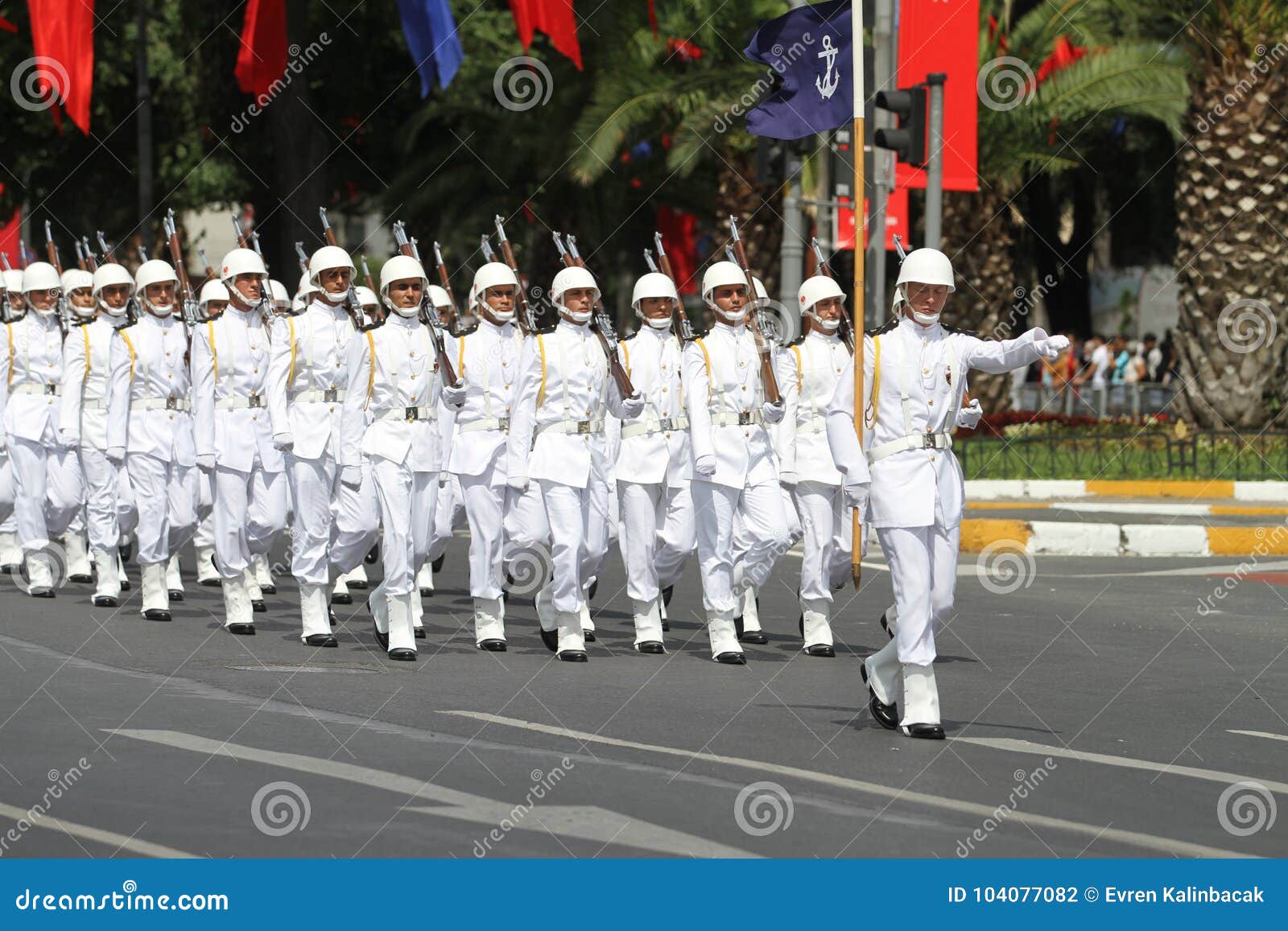

In every category (ships, cannons, bombards, cavalry, horse transport, large rowing boats), the Ottomans vastly outnumbered the defenders who were led by Emperor Constantine XI Palaiologos. According to various European sources, the Ottoman army numbered 300,000. What kind of victory was it when the Byzantine defenders numbered 7,000 (about 2,000 were Italian) while the Ottoman forces had 80,000 fighters.
TURKISH VICTORY DAY FULL
But then again, May 29 th in Turkish-occupied Anatolia is a day full of hot air, chest thumping, racism, and nostalgia for the good old days when slaughtering Christians brought one closer to the 72 celestial houris.Ī person who respects the truth and is honorable would think twice about celebrating the sham and shameful “victory” on May 29, 1453.

Last May, President Erdogan described the Mehmet II’s victory as “not only one of the greatest victories in history but also a turning point that ushered a new era.” The man who has the integrity of a hyena and the style of a poison toad added that Mehmet the Conqueror and others had helped Turks “call these lands our home.” A typically strange phrasing when Constantinople is 2,600 miles (as the crow flies) from the Turks’ arid homeland in Central Asia. Meanwhile, bookstores do a roaring trade selling books, commemorative albums, and magazines about the Ottoman victory nearly six centuries ago. A re-enactment of the final battle, a musical laser show, fireworks, dances, music, adulatory speeches and a parade by colorfully dressed Ottoman soldiers highlight the Istanbul celebrations. Public prayers are held at the mausoleum of Sultan Mehmet II and ceremonies are conducted at three locations where the sultan’s statues are located. After a 53-day siege, the forces of Sultan Mehmet II were able to breach the walls of the city, following weeks of intense bombardment. It is celebrated with great pomp and ceremony, especially in Istanbul because it marks the anniversary of the Ottoman conquest of Constantinople on that day in 1453. The goddess of victory was often used to commemorate and bless victories in wars and competitions, Topal added.May 29 is a holiday in Turkey. Topal said Nike could be found both in the public arena and in temples of other mythological gods, such as Athena, the goddess of wisdom, and Zeus, the king of the gods. Speaking to Anadolu Agency, Cengiz Topal, director of the Izmir Archeology Museum, said: "Nike is seen as a personalized form of victory in Greek mythology who can run and fly, and in the Roman era she was known as Victoria." The nearly 2,500-year-old Nike figure was unearthed from the ancient city of Neonteikhos in Menemen, Izmir and is believed to have been a burial gift. The second piece in the exhibit, a burned clay oil lamp unearthed from the ancient city of Iasos in Milas in the western Mugla province, has a figure of Nike on its concave surface.


The marble column, believed to be about 2,000 years old, is among the first artifacts brought to the Izmir Archeology Museum and is now being shown to the public for the first time in nearly a century. The piece shows a figure of Nike holding onto her skirts with her hands, and is shown with wings, a dress, and laurel leaf motifs. The column was unearthed in 1925 from the ancient city of Pergamon in Izmir's Bergama district. Three works depicting Nike are now open to visitors in the treasury room of the museum.Ī 49-centimeter (19-inch) marble column dating back to the Hellenistic era is the centerpiece of the exhibit. Special artifacts related to Nike will be displayed for the first time by the Izmir Archeology Museum in August as part of its project called "Seeing What You Can't See," in which every month the museum exhibits unique artifacts taken from storage rarely seen by the public. Artifacts dedicated to the cult of Nike, the ancient Greek goddess of victory, are making a triumphant return at a museum in Türkiye's Aegean region. IZMIR, 5 August (BelTA - Anadolu Agensy).


 0 kommentar(er)
0 kommentar(er)
